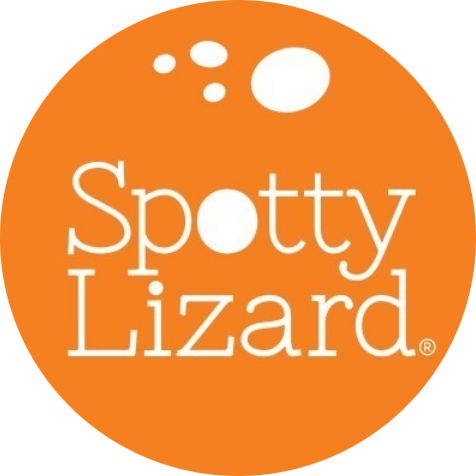How Many Words Does My Web Page Need?
Web Pages Need Words - But How Many?
Images look pretty and they sell products and to a point, services. The issue is, they don't get get you found and ranking in search engine result pages (SERPs). As smart as Google may be, it doesn't 'read' images, which is why you've probably been told to give your images text descriptions and alt tags. Unfortunately for most websites, that's still not enough. That's when you need to add text to your web pages and that's when people become unstuck. Exactly how much text should they add? Let's find out.
Minimum Word Count for Web Pages
Is there a minimum word count for a web page to help it rank well in SERPs? No. Is there a maximum word count for optimial results? No.
There's always going to be those sites which rank with next to no text. It's complicated, but it's to do with their online presence, great backlinks, how long they've been in business, social media presence and about 400 different other ranking factors. But for the normal Uncle Bob or Joe Bloggs, it's the quanity of words which is going to play a huge role in your page rank. Plus of course, the quality of those words.
I tend to recommend a minimum of 300-400 words per page. This is unique copy not found anywhere else on your site or anyone else's. It includes your page heading, sub headings and paragraphs.
Are you ready for the bad news now? Research has shown that web pages with around 1000 words rank higher than those pages with less words. In fact, the average blog now has 1050 words, which is a hell of a lot more than the 400 words most of us write.
But I'm going to stress this now - don't write words just to get up to a specific number. It's the quality of those words which count. There are other ways to get someone to a page without having to worry about it containing a certain number of words. Just write what you feel is appropriate, bearing in mind that you may need to look for alternate ways of getting people to your site.
Will People Read All My Web Page Words?
No, probably not. In fact, I know not everyone has read all of the words on this page. When someone views a web page, they skim and scan, taking in what is useful for them and filtering the rest. They use things like headings, bullet points, lists, paragraph spacing and white space to help them decide what they should read and where they should look.
In the future, expect to see much longer web pages. Except for this one. It's short and sweet.
Posted: Monday 23 July 2018


